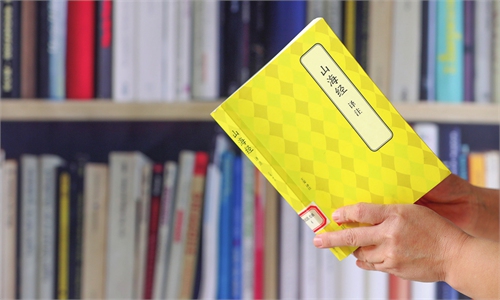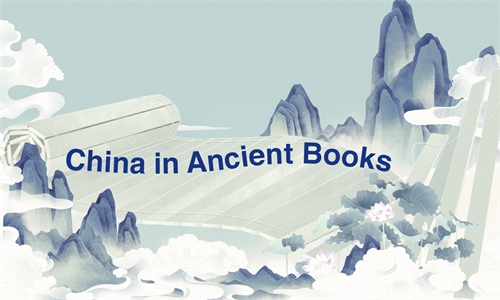ARTS / CULTURE & LEISURE
'The Way of Eating': 'Bible' for cooking Chinese food by ancient gastronome

A copy of Suiyuan Shidan Photo: VCG
'The Way of Eating': 'Bible' for cooking Chinese food by ancient gastronomeThe Way of Eating: Yuan Mei's Manual of Gastronomy, or Suiyuan Shidan in Chinese, is an important book with all-round and systematic theories and practices for Chinese cooking from the 14th to the 18th centuries.
With a collection of 326 dishes in one volume, the book specifically describes the way of cooking Chinese food in East China's Jiangsu and Zhejiang provinces.
First published in 1792, the book was written by Yuan Mei, an official, litterateur and gourmet in the Qing Dynasty (1644-1911). Having a wide circle of acquaintances, he attended many banquets and tasted various delicacies. So he came up with an idea to write a "true and reliable" book on these dishes with the help of his chef friend for everyone to imitate.
The book is mainly divided into sections such as seafood, river fish and shrimp, meat, vegetarian food, pickles, pastry, rice and porridge, tea and wine.
Additionally, it also contains instructions for cooking, ways of serving dishes, cooking utensils and tableware as well as taboos.
For example, as a hot pot lover, Yuan strongly objected that red (meat) broth and white (vegetarian) broth be boiled together, which was in his words "intolerable."
He believed that each type of ingredient should be cooked for different durations and at different temperatures; and if overcooked, they would lose their original flavor.
Yuan also initiated the health preservation style of eating, or yangsheng in Chinese, which is still popular today.
The recipes adopted theories from traditional Chinese medicine as recipes always contain herbal medicines as ingredients, such as wolfberry, dried orange peel, lily, yam, tuckahoe, astragalus, ginger, Chinese caterpillar fungus.
For example, he proposed a course of steamed chicken with astragalus to invigorate one's qi (energy) and blood and strengthen one's body.
Yuan also made a breakthrough in the seafood section. He gave a detailed account of the cooking skills of seafood, such as bird's nest, sea cucumber, abalone, mussel, scallop and oyster, officially making sea food the high-end food at Chinese people's dinner table.
The book represents one of the highest achievements in ancient Chinese cooking. Its recipes have been passed down over hundreds of years.
Global Times



